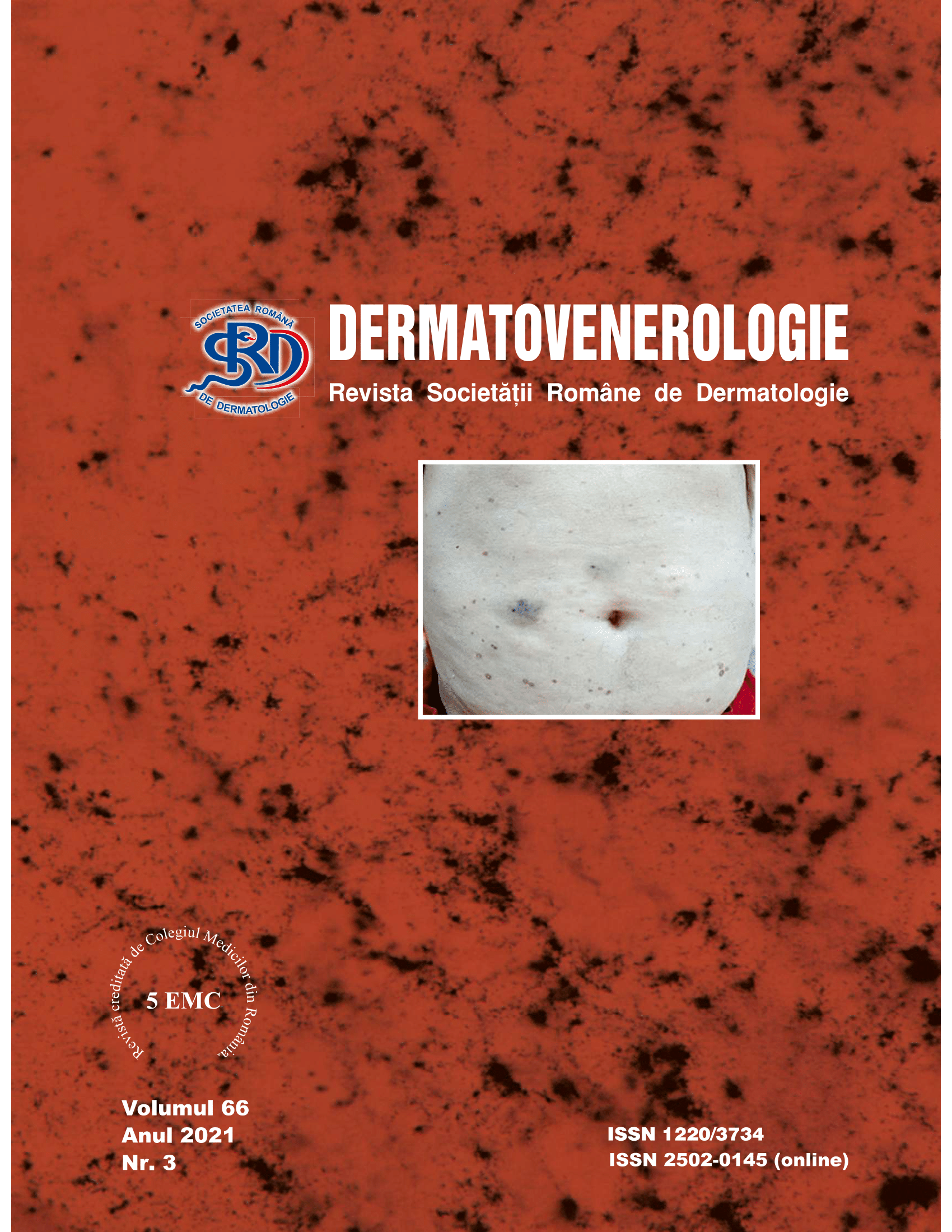Summary
The increased incidence of organ dysfunction and the high mortality rate due to sepsis, make it necessary and beneficial to detect early cutaneous sepsis, for the early initiation of appropriate treatment, from the first hours, from the diagnosis. Cutaneous sepsis is a life-threatening clinical dysfunction, due to the alteration of the body’s response to infection and involves in its management, a multidisciplinary collaboration, in which skin manifestations are the trigger for imbalances of internal organs. Any skin infection, bacterial, viral, fungal or parasitic, can trigger sepsis, but the most common in dermatological practice are bacterial, such as cellulitis, erysipelas, trophic ulcers from the advanced stages of chronic venous insufficiency, bullous dermatoses with cutaneous denudations (pemphigus, pemphigoid, Steavens Johnson syndrome), erythroderma, vasculopathy, etc. The germs frequently involved are: methicillin-resistant Staphylococcus aureus (MRSA), Escherichia coli, Pseudomonas aeruginosa, species of the genus Streptococcus and Enterococcus. For assessing the severity, evolution and prognosis, certain serological markers are used, but there are no standard markers, unanimously accepted in the early diagnosis of sepsis. Routine diagnostic methods from the medical practice are useful, but they do not have high sensitivity and specificity. In recent years, Creactive protein (CRP), procalcitonin (PCT), presepsin (sCD14-ST), proadrenomodulin (Pro-ADM) and proinflammatory cytokines have been extensively studied. The management of cutaneous sepsis, as a medical emergency, involves a multidisciplinary approach, following the evolution and possible complications, depending on the severity of organ dysfunction, throughout the entire patient’s hospitalization. The possibility of dosing the new inflammatory biomarkers urges the establishment of antimicrobial therapy, significantly contributing to the improvement of the prognosis and reduces mortality.


